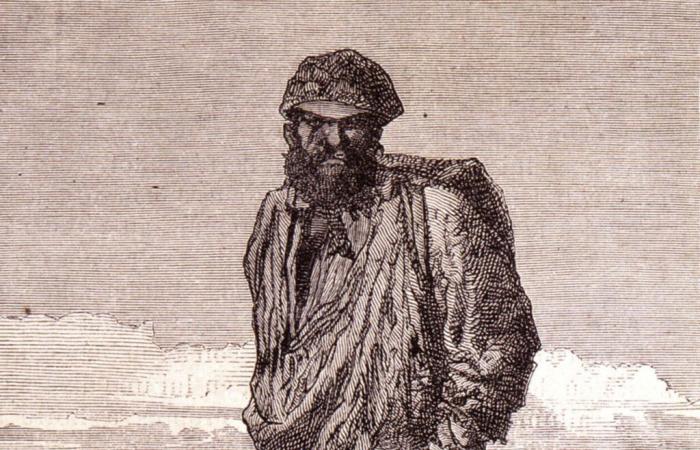Holiness is not always religious, unless the republic is a new religion. This tension crystallizes in a figure, that of the “secular saint,” who emerges in letters throughout the 19th century.e century under the impetus of social romanticism, a movement at the crossroads of literature and politics. Lecturer in French language and literature at the University of Lorraine, Magalie Myoupo devoted her thesis to this imaginary. Defended at the Sorbonne in 2018, it has just been published under the title Secular Saints. Exemplary Figures in 19th Century Literaturee century (Lyon University Press, 2023, 256 pages, 20 euros).
How did the idea of secular holiness come about, the representations of which you study in 19th century literature?e century ?
Magalie Myoupo: The expression of a “holiness “secular” is part of everyday language, but it has always surprised me because it brings together two notions that are a priori irreconcilable. As I was interested in the links between literature and spirituality, I wanted to explore this notion as part of my thesis in order to trace its emergence and evolution throughout the 19th century.e century, that is to say the appropriation by the republicans of a Catholic aesthetic through the genre of the saint’s story, hagiography.
How does this transfer of the model of holiness play out?
After the French Revolution, evangelization appeared to the Church and to certain Catholic authors as a crucial tool for reestablishing the framework of the monarchy. The first major manifestation of this attempt was signed by Chateaubriand, with The Genius of Christianityin 1802. The Restoration (1815-1830) corresponds in particular to an intense moment of affirmation of this Christian heritage, which was then expressed under the July Monarchy (1830-1848) by a policy aimed at the people very much centered on religion.
This surge was accompanied by a strong reaction against the Catholic Church from the 1840s, when figures such as the historian Jules Michelet, the poet Alphonse de Lamartine and the writer George Sand began to invest in the hagiographic imagination.
Read also | Article reserved for our subscribers “Vigny, Lamartine and Hugo, in the 1820s, were reactionary romantics”
Add to your selections
Two major trends then emerged: on the side of historians, the challenge was to develop a new education based on a principle of emancipation, and no longer of imitation; as for writers, they invested in the narrative genre of hagiography by taking up models, such as martyrdom and asceticism, which would allow the sublimation of figures of the people.
You have 77.82% of this article left to read. The rest is reserved for subscribers.







